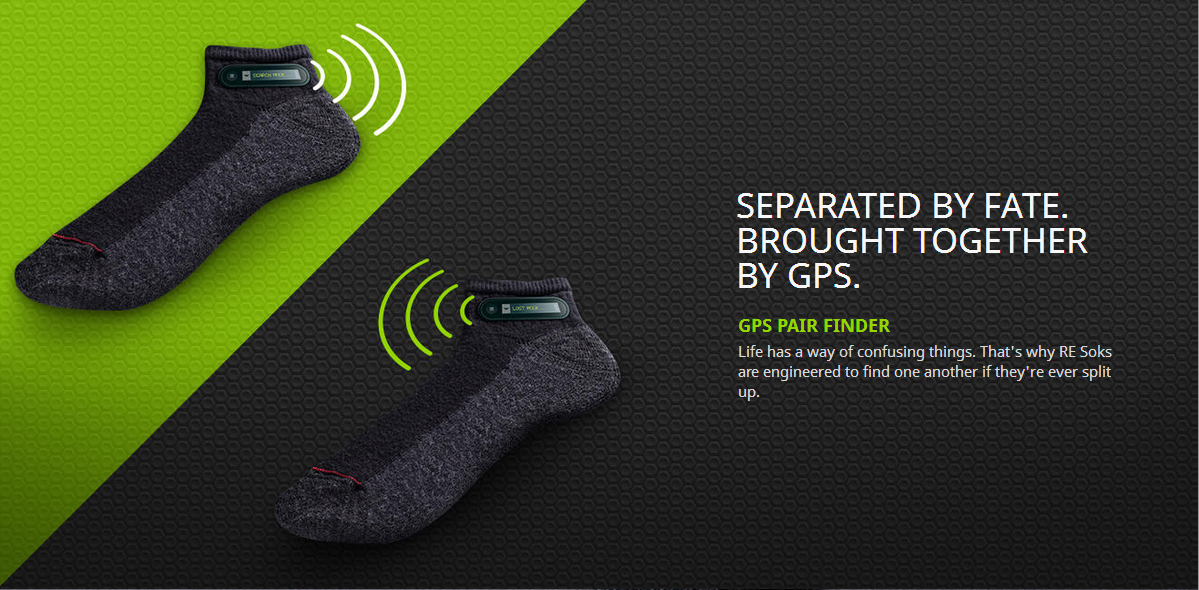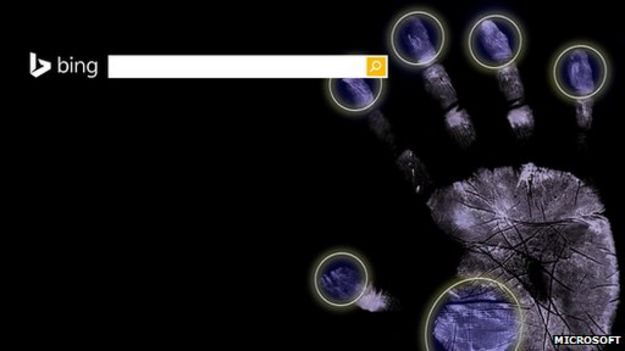The 3GPP news from some months back listed the main RAN features that have been approved for Release-13 and the work has already started on them. The following are the main features (links contain .zip files):
- LTE in unlicensed spectrum (aka Licensed-Assisted Access) - RP-150055
- Carrier Aggregation enhancements - RP-142286
- LTE enhancements for Machine-Type Communications (MTC) - RP-141865
- Enhancements for D2D - RP-142311
- Study Item Elevation Beamforming / Full-Dimension MIMO - RP-141831
- Study Item Enhanced multi-user transmission techniques - RP-142315
- Study Item Indoor positioning - RP-141102
- Study Item Single-cell Point-to-Multipoint (SC-PTM) - RP-142205
Another 3GPP presentation from late last year showed the system features that were being planned for Rel-13 as shown above.
I have also posted a few items earlier relating to Release13, as follows:
- LTE Category-0 low power M2M devices
- Update on Public Safety and Mission Critical communications
- 3GPP Rel-12 and Future Security Work
- Elevation Beamforming / Full-Dimension MIMO
- LA-LTE and LAA
- LTE-Hetnet (LTE-H) a.k.a. LTE Wi-Fi Link Aggregation (LWA)
Ericsson has this week published a whitepaper on release 13, with a vision for 'Networked Society':
The vision of the Networked Society, where everything that benefits from being connected will be connected, places new requirements on connectivity. LTE is a key component in meeting these demands, and LTE release 13 is the next step in the LTE evolution.Their whitepaper embedded below:
It should be pointed out that 5G work does not start until Release-15 as can be seen from my tweet
Nice picture of "5G Radio Interface development timeline" by @alainmouradUK pic.twitter.com/ANFfujJGS5
— Zahid Ghadialy (@zahidtg) April 4, 2015
xoxoxo Added Later (26/04/2015) xoxoxo
I came across this presentation from Keysight (Agilent) where Moray Rumney has provided information in much more detail.























